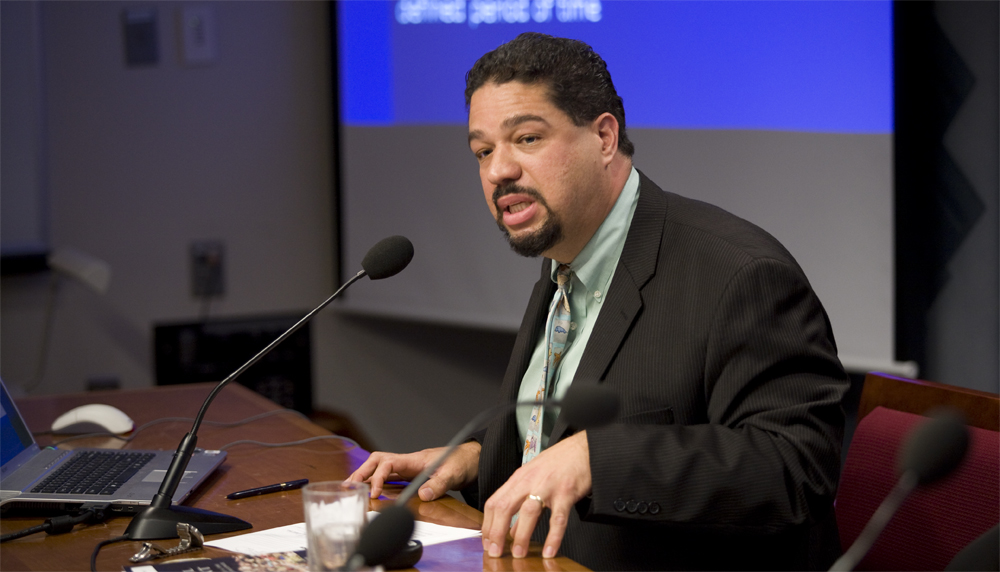Approved by over 190 countries, the Paris Agreement is a universal, legal agreement that will be opened for signatures in April 2016 and come into force in January 2020

The groundbreaking agreement reached at the 2015 Paris climate change conference is a diplomatic triumph. Laurent Fabius, foreign minister of France and president of the meeting formally known as the 21st session of the Conference of the Parties (COP21) to the United Nations Framework Convention on Climate Change (UNFCCC), called the final text “differentiated, fair, dynamic, durable, balanced, and legally binding.”
The Paris Agreement is a universal, legal agreement under the UNFCCC, the international convention on climate change which came into force in 1994. More than 190 countries approved the Paris climate Agreement, which will be opened for signatures in April 2016 and come into force in January 2020.
The Paris Agreement represents a new era for climate diplomacy because it represents significant progress on the three main pillars of climate change policy (mitigation, adaptation, and loss and damage), and significantly welcomed to the negotiation table key players who had been missing in action, such as China and Canada.
There are two main policy responses to climate change: mitigation and adaptation. Mitigation addresses the root causes of climate change by reducing greenhouse gas emissions, while adaptation seeks to lower the risks posed by the consequences of climate changes. A third policy response addresses the residual impacts of climate change on vulnerable countries that mitigation and adaptation efforts do not address. This third area is usually referred to as “loss and damage,” which is either what could be repaired, such as critical infrastructure, or what is lost forever due to climate change, such as ancestral lands submerged under rising seas.
For the first time, all developed and developing nations are required to take action to tackle global warming by limiting their greenhouse gas emissions. Governments are to hold the rise in average global temperatures to “well below” 2 degrees Celsius compared to preindustrial levels and subsequently work on limiting the increase to 1.5 degrees. The Agreement requires action for the first time from developing nations, including large emitters such as China and India, to find ways to lower the trajectory of their emissions growth. Under the terms of the deal, every five years each country will submit a new national climate action plan, which cannot be less ambitious than the previous plan. The five-year review will be accompanied by a reporting and transparency system. The 1.5-degree target is a win for small islands and other low-lying countries, which argue that their lands and livelihoods are at risk if the world warms by more.
On the adaptation front, the Paris Agreement establishes a goal to enhance adaptive capacity, strengthen resilience, and reduce vulnerability. Beyond adaptation, the Agreement specifically makes reference to “loss and damage” due to climate-related disasters, but a footnote clearly states that this reference does not involve liability or compensation. The Paris Agreement makes permanent, however, the Warsaw International Mechanism on Loss and Damage, established two years ago to find ways to address these issues. The outcome also establishes a task force on climate change-related displacement within the Warsaw International Mechanism. Wealthier nations also agreed to provide $100 billion a year toward climate adaptation in support of poorer nations. But it is not yet certain how firm this commitment is, and, indeed, how quickly the money will flow.
By Roger-Mark De Souza (Director of Population, Environmental Security, and Resilience at the Wilson Centre, where he leads programmes on climate change resilience, reproductive and maternal health, environmental security, and livelihoods, including the Global Sustainability and Resilience Programme, Environmental Change and Security Programme, and Maternal Health Initiative)
